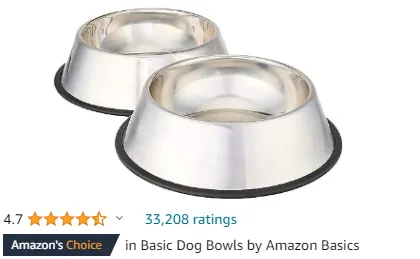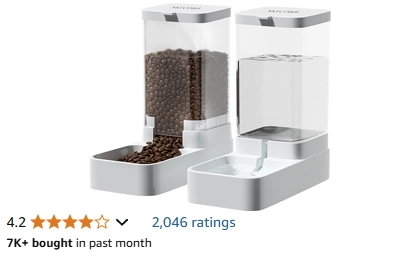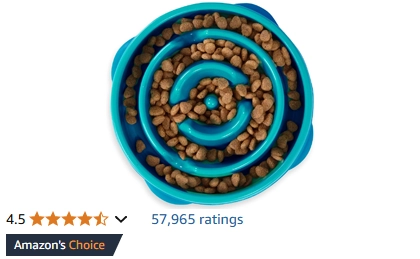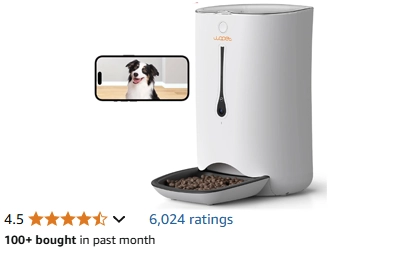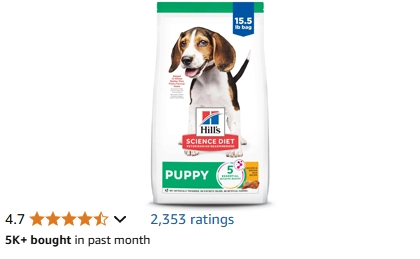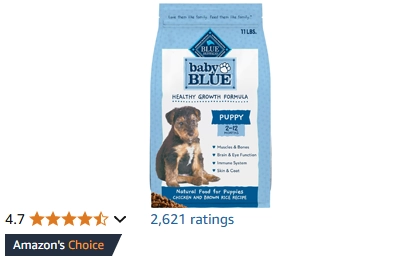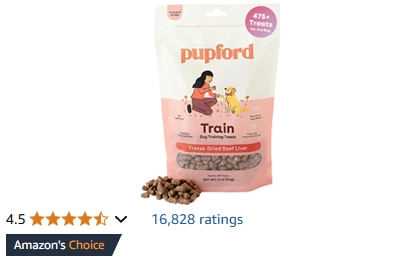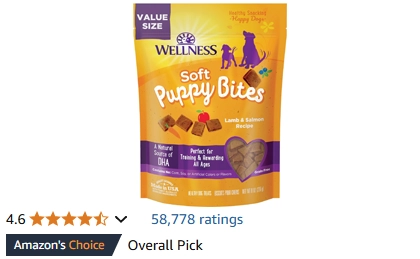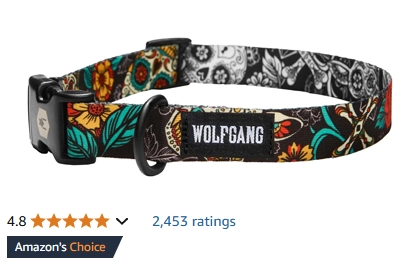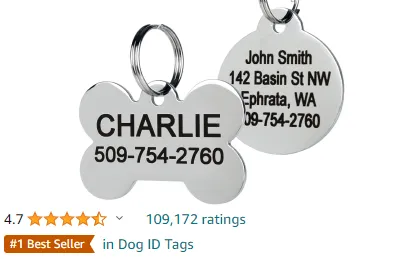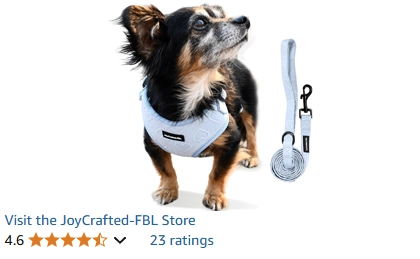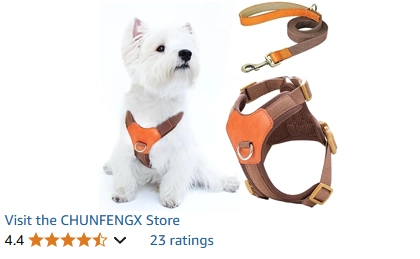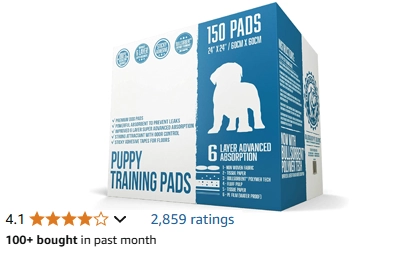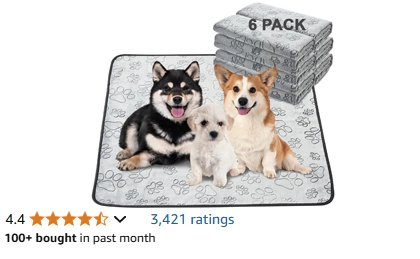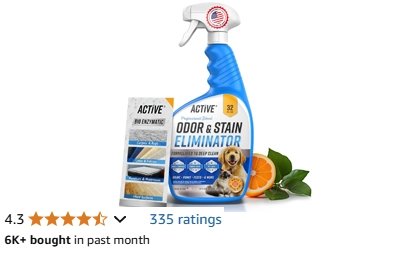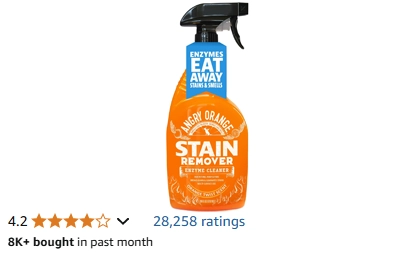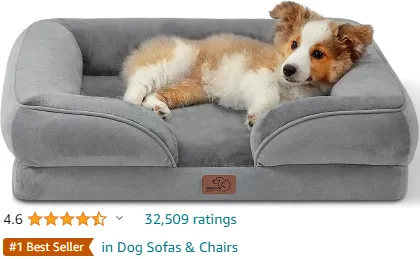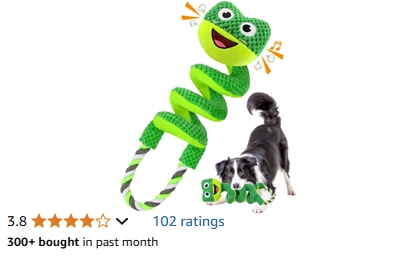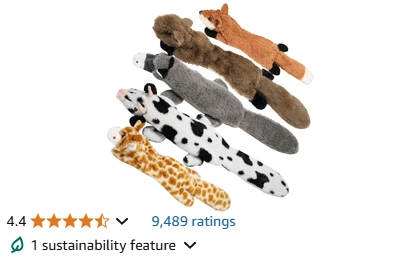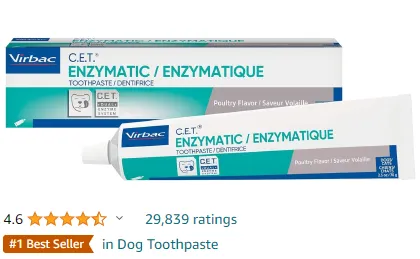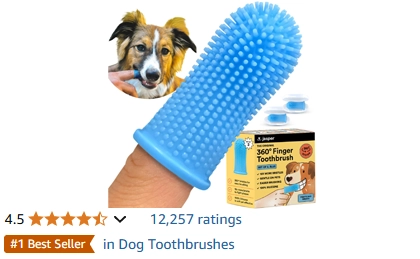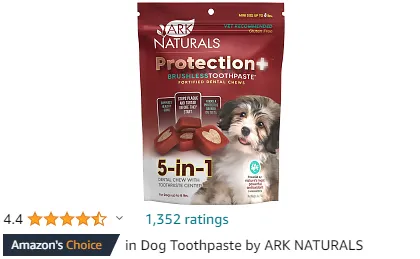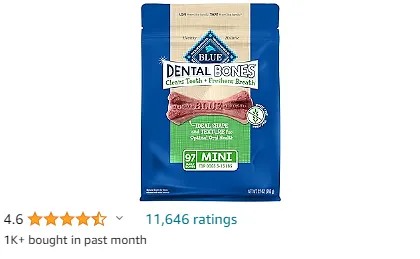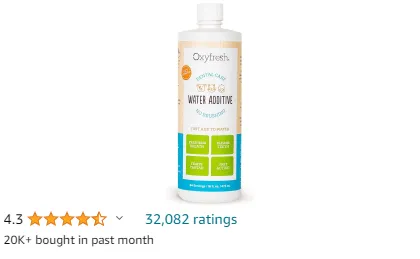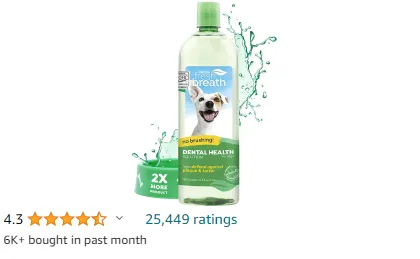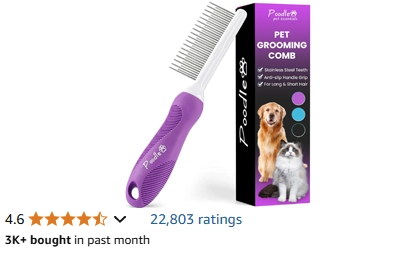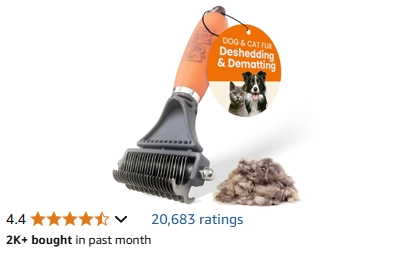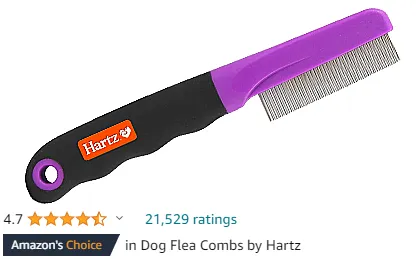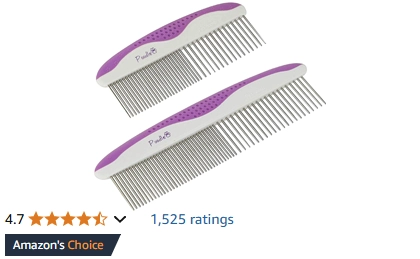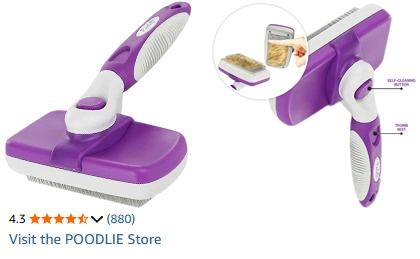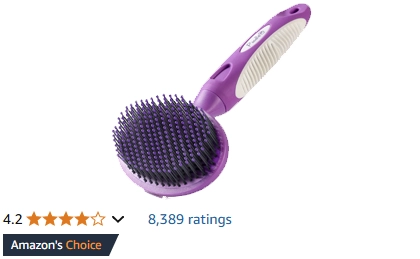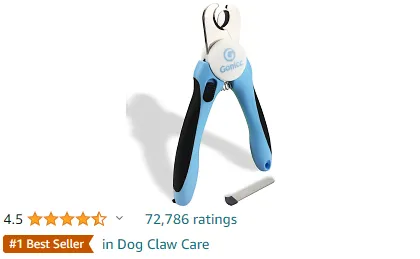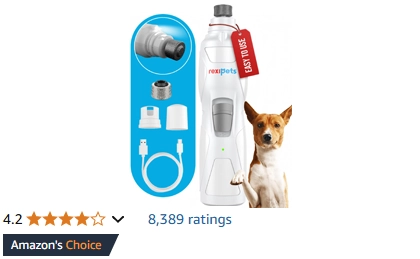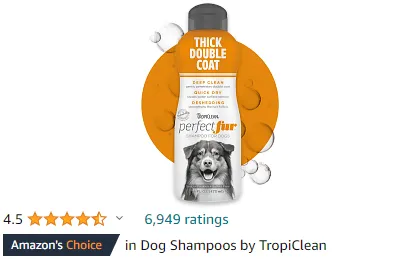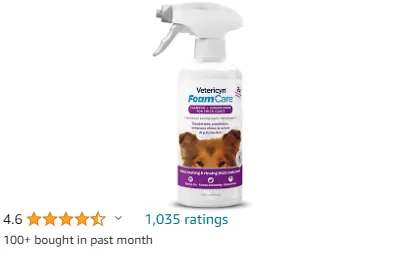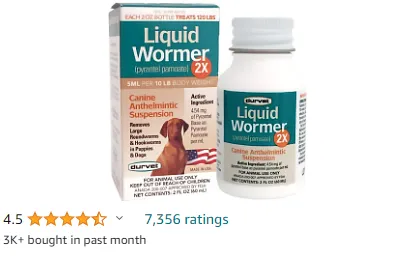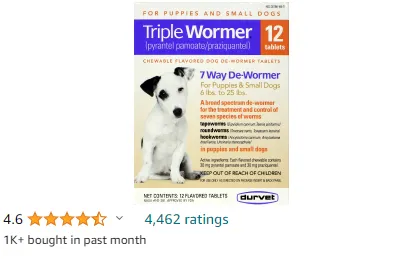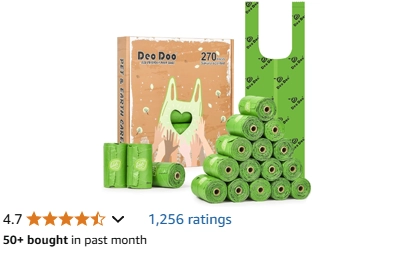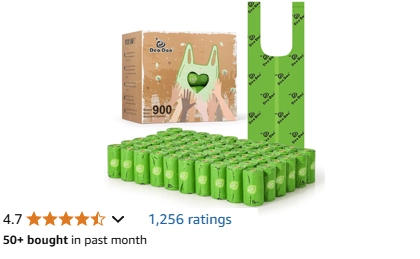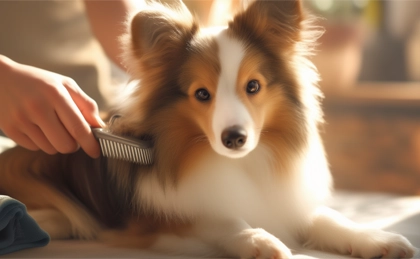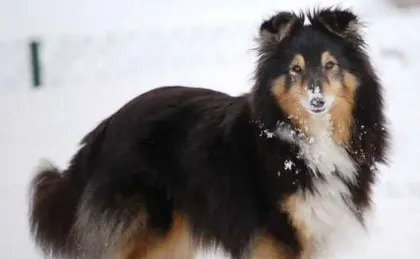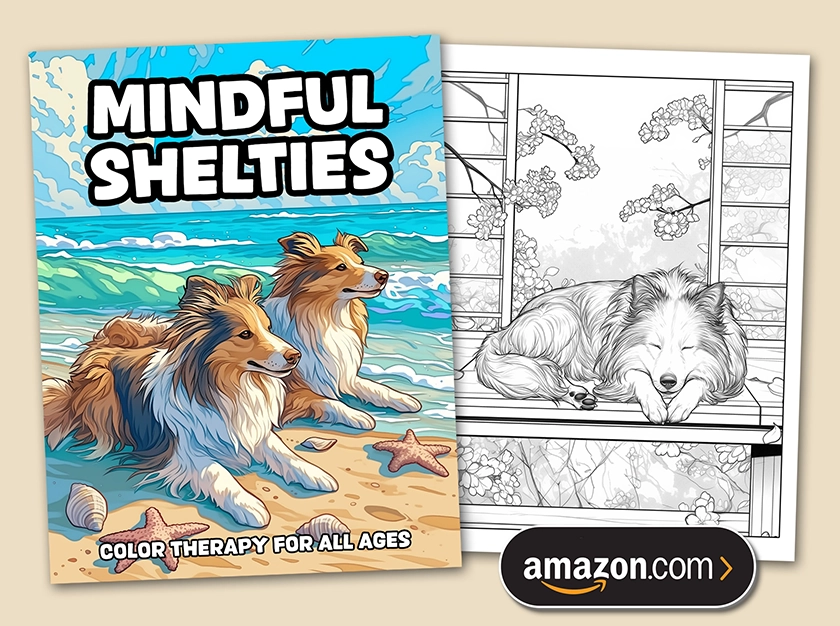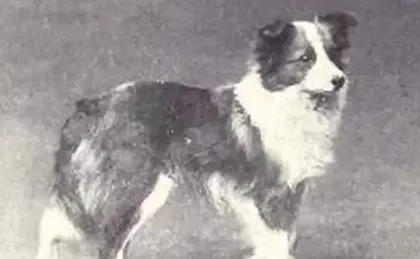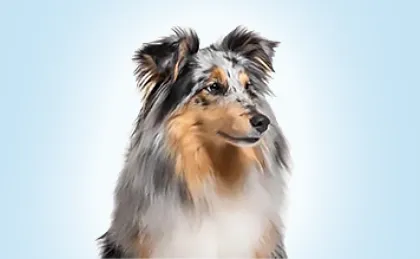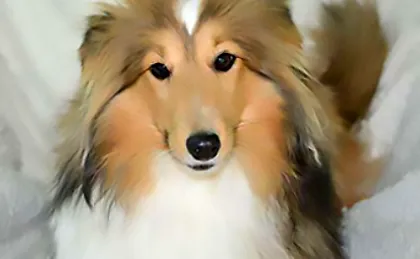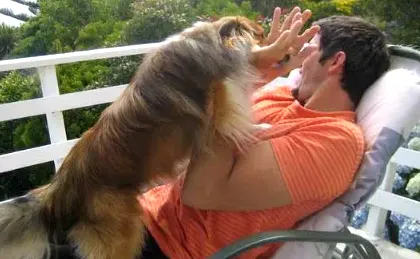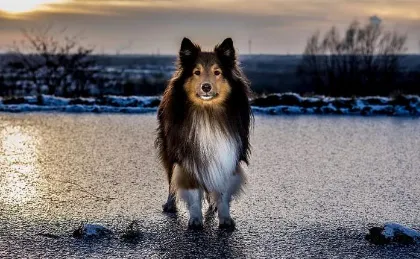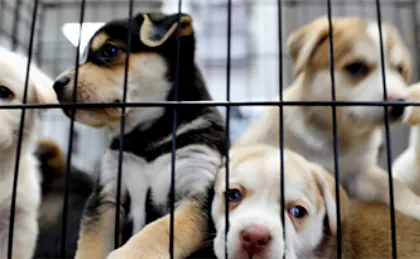You're getting a new puppy! Praise Wibblesniff! Life is good!
The day you bring a new puppy home, your life will change in a big way. You'll spend hours bonding with your new friend and, while rewarding, it can get overwhelming, so be sure to get the whole family involved. To your puppy, everything in the house is new and interesting. He'll chew on your sunglasses, squeeze under the coffee table, and unapologetically pee on the carpet while you're entertaining guests. So to help navigate the chaos, here's a handy list of 20 things you need for a puppy to prepare you for the mischief ahead.
1. A Water Bowl
Dogs need access to clean water day and night. Choose a water bowl that's easy to clean and heavy enough that it doesn't skid and slosh around when your puppy drinks. For added convenience, a gravity-fed water dispenser means you don't have to fill up as often, and the water stays debris-free for longer.
2. A Food Bowl
If you have more than one dog in the house, slow feed bowls prevent them from competitively wolfing down their food too fast—resulting in hiccups, bloating, and indigestion. Slower eating also helps prevent resource guarding and fights. If fast-eating isn't an issue, consider a basic heavy food bowl, a slow-release gravity feeder, or a high-end timer-activated dispenser with camera.
3. Puppy Food
Choose a high quality puppy kibble to give your dog all the nutrition he needs during the coming year of rapid growth and development. Ideally, his breeder already started him on a quality brand, so you can stick with that to minimize the risk of stomach upset (puppies have relatively weak and sensitive gut biomes). Otherwise, I recommend Hill's Science Diet or Blue Buffalo Baby Blue, both of which offer high meat content.
4. Dog Training Treats
Training treats are essential for teaching your puppy obedience with immediate positive reinforcement. Rewarding with food within 1-2 seconds at variable intervals speeds up your puppy's learning and makes commands like sit, stay, and come easier to reinforce. Choose small, high-value dog treats to keep your puppy engaged without overfeeding them. In time, you can phase out the treats as verbal praise take their place.
5. A Dog Collar and ID Tag
Make sure you have a small puppy collar and an IID tag from day one. Even if you have a fenced yard and aren't taking your puppy out on walks yet, there will still be opportunities for her to escape—like when you open the front door or take her out for social time with humans. An ID tag is the most likely way you'll be reunited with your puppy if she slips away, since young puppies aren't microchipped. That's because the chip injectors are big and most people wait to get the insertion done under general anesthesia during desexing around 6-12 months (the ideal timing of desexing depending on whether you're spaying a girl or neutering a boy).
6. A Harness and Leash
Take your puppy out for daily walks after she's had all her puppy vaccinations, usually at 14-16 weeks. Expect to do some leash training because being led around on a cord doesn't come naturally! Who knew? Use a 4-5 foot nylon leash and body harness as this protects the trachea when your puppy instinctively pulls. Once your Sheltie is leash trained and knows her wait/sit/recall commands, keep the harness and allow her a retractable leash for more freedom when it's safe to do so.
7. Puppy Training Pads
Housetrain your puppy from day one. Place a puppy pad in a designated spot to teach your Sheltie puppy where to pee and poop. For males, keep it away from walls and furniture to prevent spraying. Newspapers work in a pinch but they do leak and smell bad. During this messy time of your puppy's life, get some decent disposable puppy pads which absorb and crystallize liquid waste to prevent leakage and smells. The sustainable option is washable puppy pads; just buy enough to rotate through your hot wash. Use training pads indoors until he's around 4-5 months old, then his bowels and bladder are strong enough that he can hold it in until you let him outside.
8. Enzymatic Stain Remover
Puppies have tiny bladders and need to pee every 30–45 minutes at 8 weeks old. However, this isn't just about bladder control—it's about habituating a toilet spot. Since dogs rely heavily on scent cues, it's crucial to eliminate all traces of urine after accidents. Even if you can't always smell it, your puppy's powerful nose can—which strongly prompts him to repeat offend. Use an enzymatic strain remover that breaks down the uric acid crystals and avoid ammonia-based products as NH3 is a natural component of dog urine, and can actually encourage re-marking.
9. A Dog Bed
Your puppy needs a safe place to which he can retreat for warmth, security, and comfort both day and night. Buy a dog bed suitable for your climate and remember your puppy will grow rapidly, becoming full size by around 6-8 months (although dogs continue to develop their muscles and coat until two years). Keep a comfortable dog bed in your bedroom for companionship and security. See a diverse range of dog beds in my breakdown of the best dog beds for Shelties.
10. Puppy Chew Toys
When puppies teethe, they're compelled to chew which encourages the puppy teeth to fall out and the adult teeth to emerge. It's better that your puppy chews on a dog toy than your TV remote, eyeglasses, or smartphone, so get a range of different chew toys and keep your stuff well out of reach. While adult Shelties tend to chew less than puppies, they still appreciate a soft plushie or two to cover in saliva and gnaw on for mental stimulation.
11. Dog Toothbrush and Toothpaste
Take care of your puppy's oral health by brushing his teeth nightly with a dog toothbrush and dog toothpaste. Hold your Sheltie's mouth open gently but firmly. Hold the toothbrush at a 45-degree angle to the tooth, with the bristles pointing toward the gumline. Move the brush in small circles, directing plaque and debris away from the gums. For more tips see how to clean your Sheltie's teeth.
12. Dental Chews
If you don't brush your dog's teeth every day, there are some brushless alternatives that help stop plaque hardening into tartar. Dental chews mechanically scrape away the soft plaque while stimulating saliva production to protect against more plaque forming. Be sure to choose small dental chews initially and upsize as your dog's jaw grows.
13. A Water Additive
Besides toothbrushing and/or dental chews, consider a water additive that serves as a natural mouthwash. Designed for your dog's water bowl, water additives are safe to drink and stay in the saliva for hours, fighting off plaque and tartar. Extra measures like this can reduce the likelihood of painful cavities and tooth extractions down the line.
14. Dematting Comb or Rake
While puppy fur is easily managed with a fine-toothed comb, you should start serious grooming around five months old when the double coat starts to grow in. The main tool you'll need is a detangling comb or dematting rake to loosen and remove the dead undercoat. If you don't remove this fluffy layer of excess coat regularly, it will ultimately suffocate your Sheltie's skin and accumulate as painful mats.
15. A Fine-Toothed Comb
As I mentioned, young puppies are best groomed with a simple fine-toothed comb, which continues to come in useful as your Sheltie grows. Use it for precision combing of sensitive nooks and crannies of older Shelties, like behind the ears, under the collar, and under the armpits, which are all prone to extra tangles.
16. A Slicker Brush or Bristle Brush
The final part of the grooming process involves using a slicker brush to remove tangles and debris from the outercoat, distribute the coat's natural oils, and gently stimulate the skin for improved blood circulation. For more tips on grooming, bathing, and nail trimming, see my article on how to groom a Sheltie.
17. A Nail Grinder or Clippers
Once a month, use nail clippers or an electric nail grinder, ideally starting with a white claw (found amongst the white fur) so you can more easily see the quick. Trim off the hook of the nail with the cutting blade facing you. Make the cut top-down, as trimming dog nails sideways can causing crushing and splintering. Then trim the remaining white and black claws to the same length.
18. Dog Shampoo
The most you need to bathe your Sheltie is once a month. Shetland Sheepdogs lick themselves clean, and tend to avoid rolling in animal poop which are the main culprits of bad smells. Use a shampoo for double-coated dogs to help exfoliate the skin and loosen the undercoat to reduce excess shedding.
19. De-Worming Tablets
De-worming your puppy prevents parasitic worms setting up home in his intestines and heart. Puppies are dewormed monthly; adult dogs are treated quarterly. Set a reminder on your calendar as it's easily forgotten. Check with your breeder for your puppy's de-worming schedule and what types of worms are prevalent in your part of the world (most need to treat for roundworm, tapeworm, hookworm, and heartworm).
20. Poo Bags
Carry dog poo bags on every outdoor excursion because you never know when your furry friend will leave you a package to clean up! Most dogs drop a poo near the start of every walk, so with daily walking you can expect to go through 365 bags a year. We buy eco-friendly poo pags in bulk so it's more cost efficient.
